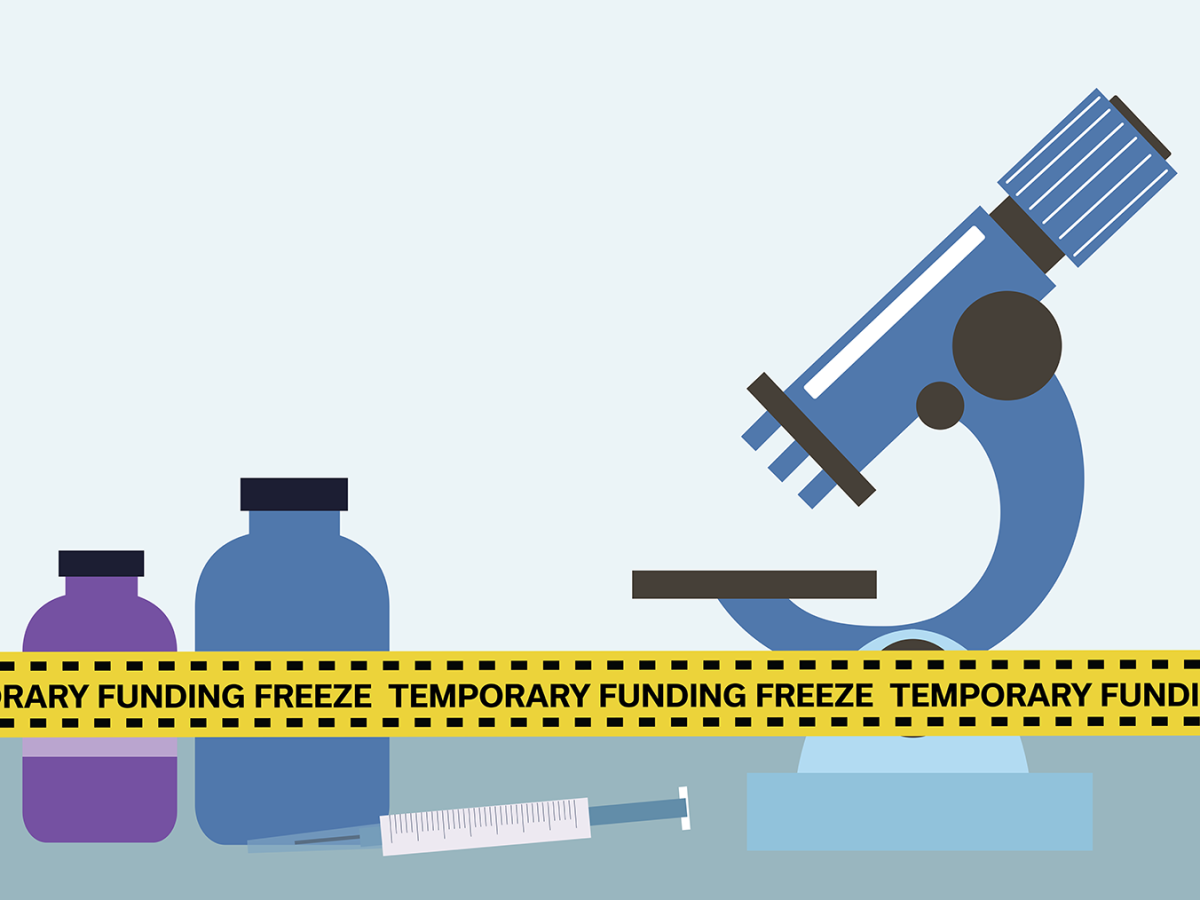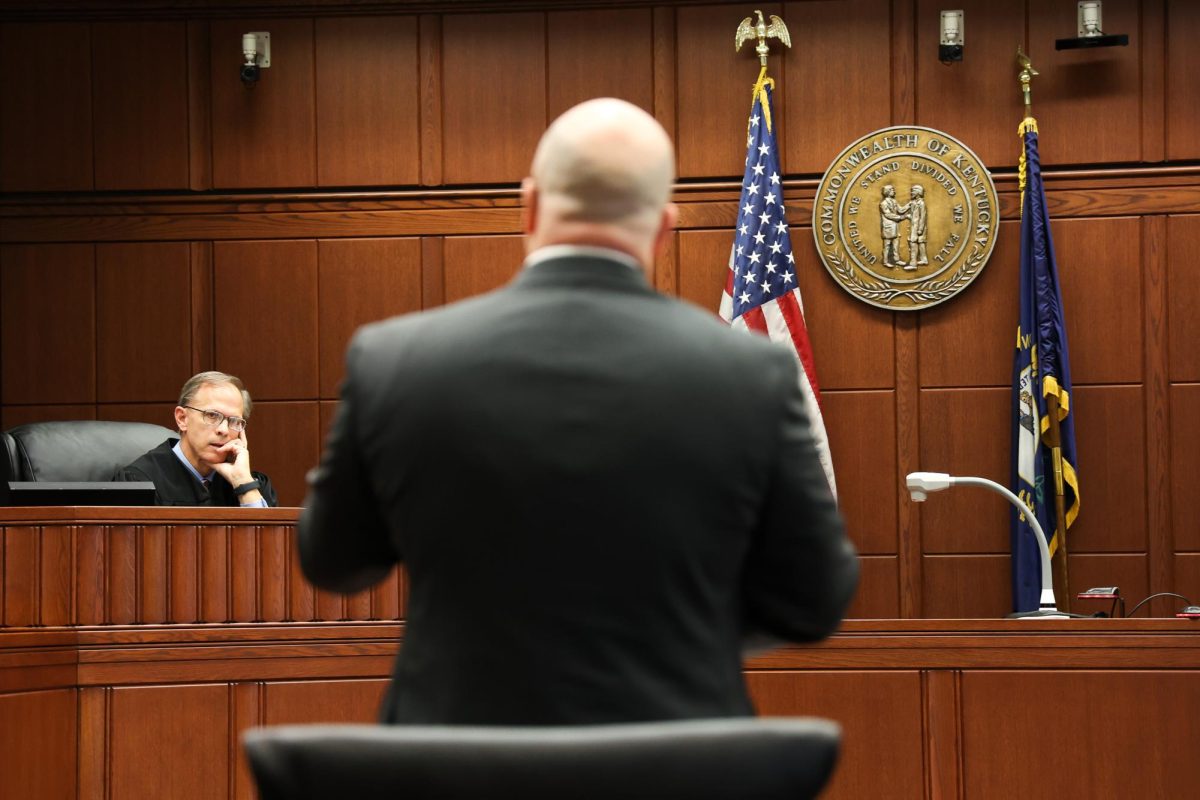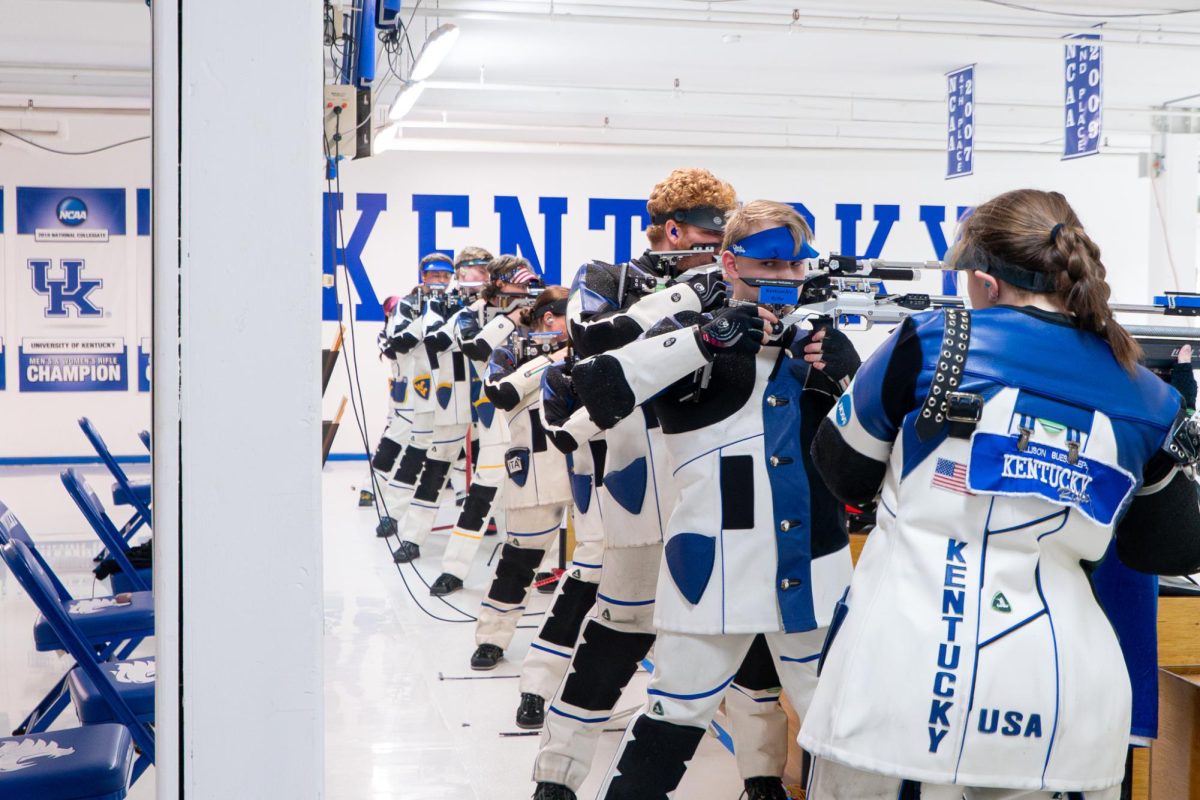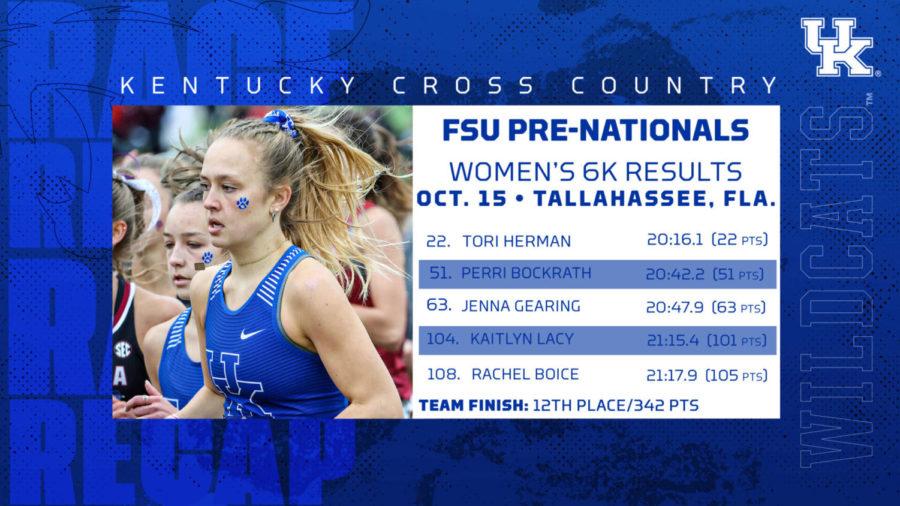EPA Sets New Vehicle Emissions Standards
The Environmental Protection Agency is finalizing new federal greenhouse gas emissions standards for passenger cars and light trucks that, according to the Agency, will reduce climate pollution, improve public health, and save drivers money at the pump. (Alvaro Reyes via Unsplash)
December 20, 2021
The Environmental Protection Agency (EPA) has set new standards for greenhouse gas emissions on passenger cars and light trucks. The new rule finalizes a stricter version of the measures proposed in August 2021 and tightens some of the looser regulations that former president Donald Trump set in motion.
Under the new standards, the EPA will require passenger-car and light-truck manufacturers to meet a fleetwide average of 40 mpg average by 2026. The proposed fleetwide average was 38 mpg in August, while the Trump-era average was 32 mpg.
The new rules are expected to be published by the end of 2021 and will go into effect 60 days afterward. The EPA expects more rigid standards for light trucks by 2027, and for cars, those restrictions will come by 2030.
According to the EPA, the new rules will be good for the environment and help American consumers save money. The agency projects that American drivers will save up to $420 billion on fuel costs through 2050. For an individual buying a car in 2026, fuel savings will exceed the initial vehicle cost by over $1,000.
EPA Administrator Michael Regan says the standards are ambitious by design. “The final rule for light-duty vehicles reflects core principles of this administration,” Regan said. “We followed the science, we listened to stakeholders, and we are setting robust and rigorous standards that will aggressively reduce the pollution that is harming people and our planet—and save families money at the same time.”
The new standards put the most pressure on automakers responsible for meeting the 28.3% reduction in vehicle emissions through 2026. However, it may also spur new electric vehicle (EV) and plug-in hybrid electric vehicle (PHEV) sales. Under the new restrictions, the EPA expects EV and PHEV sales to grow from a 7-percent market share in 2023 to 17 percent in 2026. This is good news for brands that have already invested in electrifying their fleets, such as Jaguar, which has announced it will be all-electric from 2025, and Volvo, whose EV-only goal is 2030 while aiming to become a climate-neutral company by 2040.
To meet the new EPA standards, much will depend on the passage of President Biden’s Build Back Better plan, which has already passed in the House of Representatives. With a target of 500,000 public charging stations by 2030, the bipartisan legislation will help ensure enough charging ports to support the country’s new fleet of EVs. In addition, $7B of the bill’s funds are set aside for investments in battery manufacturing, materials, and recycling to help power these EVs.



























































































































































